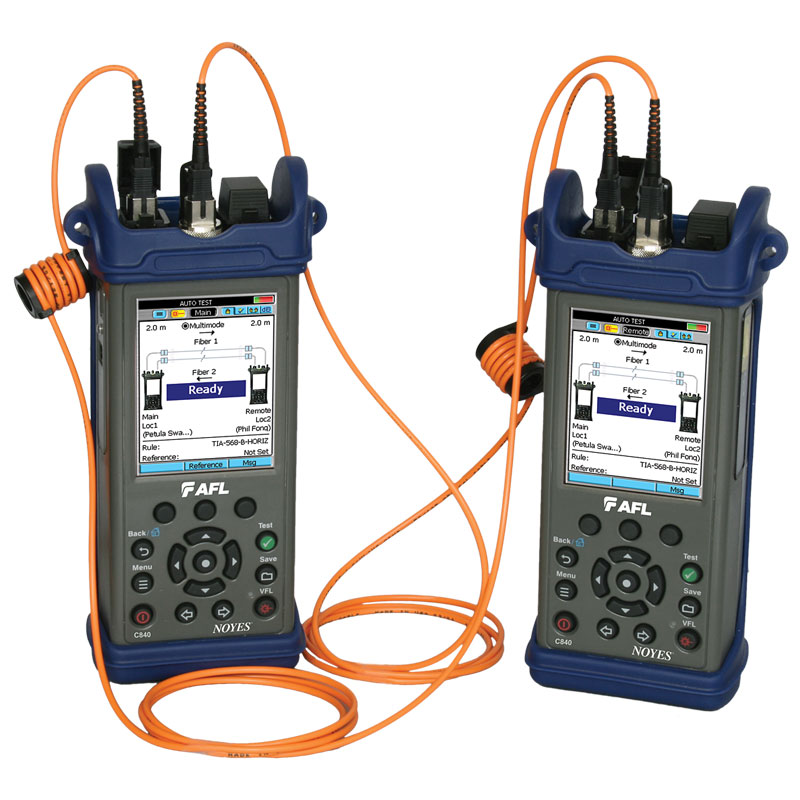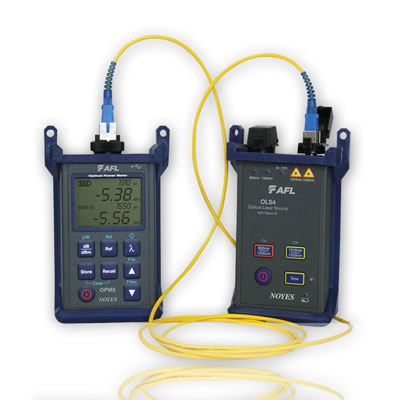Robotic vision supports automating manufacturing and quality control.
Robotic vision supports automating manufacturing and quality control.
Blog Article
The Duty of Optical Fibre Testing in Ensuring Top Quality and Performance in Connection Solutions
In today's quickly developing digital landscape, the value of optical fiber screening can not be overemphasized, as it works as a cornerstone for guaranteeing the quality and performance of connection remedies. By utilizing a variety of testing techniques, including OTDR and loss analyses, companies can proactively identify and reduce prospective network issues that may prevent efficiency. Regular screening not just straightens with industry criteria yet likewise leads the means for boosted information transmission. However, as technology remains to breakthrough, the future of optical fiber testing presents appealing challenges and chances that warrant closer examination.
Significance of Optical Fiber Screening
The importance of optical fiber screening can not be overemphasized in making sure the integrity and efficiency of interaction networks. As the foundation of modern telecommunications, optical fibers assist in high-speed data transmission, making their dependability crucial to functional success. Evaluating acts as a positive procedure to identify potential problems such as signal loss, depletion, and physical damages, which can compromise network performance.
Regular screening permits the verification of installment top quality and the detection of issues that could influence information honesty - robotic vision. By employing extensive testing procedures, network operators can mitigate the dangers associated with network failings, consisting of downtime and financial losses. Optical fiber screening guarantees conformity with industry requirements and regulations, enhancing the overall high quality of service given to end-users.
Eventually, the systematic assessment of optical fibers adds to the long life and performance of communication systems. It enables stakeholders to make educated decisions regarding maintenance, upgrades, and troubleshooting. In a landscape where data is progressively vital, prioritizing optical fibre screening is necessary to maintaining robust and efficient connection options, thereby supporting the needs of contemporary digital atmospheres.
Sorts Of Optical Fibre Tests
Different screening approaches are employed to make certain the capability and reliability of optical fibres within communication networks. These tests can be generally categorized into two main types: installment tests and maintenance examinations.
Installation examinations are conducted quickly after the setup of optical fiber cables to verify their performance and integrity - ofda. One of the most usual setup examinations consist of Optical Time-Domain Reflectometry (OTDR) examinations, which analyze the top quality of the fibre by recognizing mistakes or breaks, and end-to-end loss tests, which measure the complete optical loss from one end of the fiber to the various other
Upkeep tests, on the other hand, are executed occasionally to guarantee ongoing performance and discover prospective problems with time. These consist of aesthetic assessment, which checks for physical damages or inappropriate installations, and continuity examinations, which verify that the signal can go through the fiber without disruption.
Additionally, advanced examinations such as Polarization Mode Diffusion (PMD) and Chromatic Dispersion (CD) examinations can be conducted to look what i found assess the fibre's performance under various conditions. By utilizing these varied testing methods, professionals can maintain high criteria of quality and dependability in optical fiber networks.
Advantages of Normal Examining
Routine testing of optical fibres plays a vital role in preserving the overall efficiency and reliability of interaction networks. By performing routine analyses, companies can make sure that their fiber optic setups fulfill sector standards and run successfully. This aggressive technique helps to recognize potential weaknesses and degradation gradually, enabling timely treatments prior to concerns rise.

Cost-effectiveness is another benefit. By resolving minor issues early, organizations can avoid the high prices related to major repairs or system failings. Regular screening also fosters conformity with governing demands, guaranteeing that the network abides by essential safety and security and performance requirements.
Typical Problems Identified
Recognizing usual problems in optical fibre networks is important for maintaining optimum efficiency and dependability. Various aspects can add to interruptions, including physical damages, poor installation methods, and ecological influences.
Physical robotic vision damage, such as bends, breaks, or abrasions, can dramatically break down signal quality. Improper installation strategies, including extreme stress or inadequate securing of wires, may result in enhanced attenuation and loss of connection. Furthermore, ecological factors such as temperature level variations, moisture ingress, and rodent interference can endanger the honesty of the fiber.
Port concerns also often develop, with inappropriate positioning or contamination bring about increased insertion loss. Furthermore, splicing errors can introduce considerable signal degradation otherwise implemented with precision.

Resolving these common concerns through routine optical fiber screening not only boosts network reliability however likewise enhances total performance, guaranteeing that connection options remain robust and effective.
Future Patterns in Evaluating
As the need for high-speed connectivity proceeds to rise, the future of optical fiber screening will significantly concentrate on automation and advanced analytics. The integration of expert system (AI) and maker discovering (ML) in screening processes will certainly enable a lot more effective information evaluation and anticipating upkeep, decreasing downtime and enhancing general network dependability. Automated screening remedies will certainly streamline the evaluation and accreditation of fibre networks, lessening human error and increasing screening throughput.
One more significant fad is the adoption of remote testing modern technologies. As the release of fibre networks broadens right into remote and underserved areas, remote screening capabilities will certainly allow technicians to check and detect network conditions without physical presence, thus decreasing functional expenses and enhancing feedback times.
In addition, there will certainly be a shift in the direction of more comprehensive screening requirements that include not just typical loss measurements however likewise performance metrics such as latency and data transfer usage. This holistic approach will promote much better network administration and optimization methods.
As these patterns progress, the optical fibre testing landscape will certainly not just boost the top quality and effectiveness of connectivity solutions however likewise sustain the expanding complexities of modern communication networks.
Final Thought
In verdict, optical fiber screening serves as an essential component in maintaining the integrity and efficiency of communication networks. The recurring commitment to normal testing not just improves data transmission yet additionally straightens with market requirements, promoting dependability in network infrastructures.
Report this page